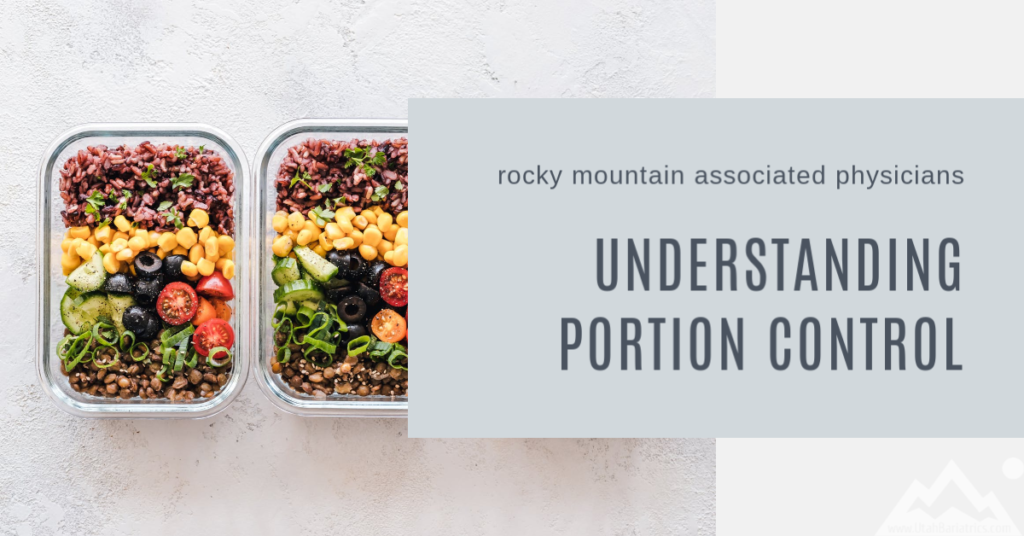
Learn more about weight loss surgery at Rocky Mountain Associated Physicians www.RMAP.com (801) 268-3800
Americans weigh more now than any other time in history. In fact, more than half of all adults are overweight and one in four is obese. Many experts agree that the trend for pumped-up “super-sized” portion sizes along with overindulgence contributes greatly to the weight problem many, both old and young, are experiencing.
Americans in general experience difficulties with portion distortion. “Less is best” for long-term weight control. Monitoring portion sizes by measuring food quantities is essential for continued success. Implementing a lifestyle of portion control benefits weight loss surgery patients as well as their family members and extended supporters. Make sure you are educating them, too, as well as yourself about portion control.
The amount of food that you can consume immediately after surgery is approximately two ounces. Initially the surgery does create an enhanced awareness of the food choices you are making. Around six to nine months after surgery many patients grow concerned because they can eat more. Concerns emerge that they may have ruined their surgery and are going to fail and regain their weight. If this is your experience, take a deep breath and relax. Your outlet has just softened and will serve you well if you utilize it as a tool to control your weight. For long-term success you will need to stay aware of the types and amounts of food you are eating.
You should never consume more than 1 cup of food at any meal. This cup should be measured in volume, not weight. Always eat food slowly. Chew all food until it’s smooth in your mouth before swallowing. Chewing food slowly not only helps with digestion but also allows the stomach to send a fullness signal to the brain. Eat only until you are comfortably satisfied. Stop eating at the very first sensation of fullness. Eating past this point may cause discomfort, nausea and even vomiting.
Portion control containers can be used to prepare food in advance and save food to use at a later time. This can be very helpful for lifestyles on-the-go and for the portability of food. Using small plates and small utensils can help assist in slow eating and taking smaller portions.
Links to similar articles:
How to be Portion-Wise
What Do Food Labels Really Mean?
www.RMAP.com
Rocky Mountain Associated Physicians
801-268-3800
1160 East 3900 South, Suite 4100
SLC, UT 84124







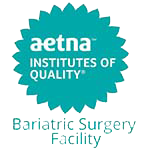
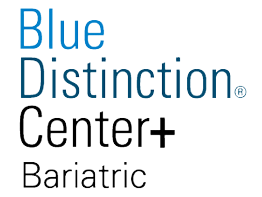

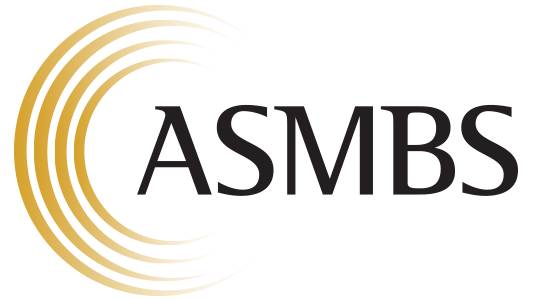
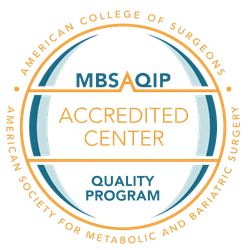
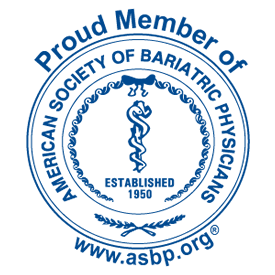
 Address: 1521 East 3900 South STE 100
Address: 1521 East 3900 South STE 100 Office: +
Office: +  Fax number (801) 268-3997
Fax number (801) 268-3997 Email: info@rmapinc.com
Email: info@rmapinc.com



